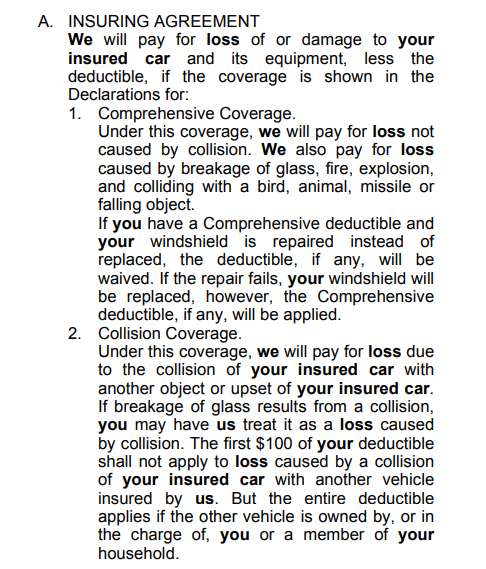Pacific Prime Things To Know Before You Buy
Table of ContentsFacts About Pacific Prime UncoveredAll about Pacific PrimePacific Prime Things To Know Before You Get ThisWhat Does Pacific Prime Mean?The Buzz on Pacific Prime

This is since the data were gathered for a duration of solid economic efficiency. Of the estimated 42 million people that were without insurance, just about concerning 420,000 (regarding 1 percent) were under 65 years of age, the age at which most Americans become qualified for Medicare; 32 million were grownups between ages 18 and 65, about 19 percent of all grownups in this age group; and 10 million were children under 18 years of age, about 13.9 percent of all children (Mills, 2000).
These estimates of the variety of persons without insurance are created from the yearly March Supplement to the Current Populace Study (CPS), performed by the Demographics Bureau. Unless otherwise kept in mind, nationwide estimates of people without health insurance coverage and percentages of the populace with various sort of coverage are based on the CPS, the most widely used source of estimates of insurance protection and uninsurance prices.
Some Of Pacific Prime

Still, the CPS is particularly valuable due to the fact that it produces yearly price quotes fairly swiftly, reporting the previous year's insurance protection approximates each September, and because it is the basis for a consistent collection of estimates for greater than two decades, enabling analysis of trends in insurance coverage gradually. For these factors, in addition to the extensive use the CPS in various other studies of insurance protection that are provided in this record, we rely upon CPS estimates, with constraints noted.

The price quote of the number of without insurance people expands when a populace's insurance coverage status is tracked for numerous years. Over a three-year period starting early in 1993, 72 million individuals, 29 percent of the united state population, were without protection for at the very least one month. Within a solitary year (1994 ), 53 million individuals experienced a minimum of moved here a month without coverage (Bennefield, 1998a)
Six out of every 10 without insurance grownups are themselves employed. Although working does enhance the chance that one and one's member of the family will have insurance coverage, it is not an assurance. Even participants of families with two permanent wage earners have virtually a one-in-ten possibility of being uninsured (9.1 percent without insurance rate) (Hoffman and Pohl, 2000).
An Unbiased View of Pacific Prime
New immigrants make up a considerable proportion of individuals without medical insurance. One evaluation has actually connected a significant part of the recent development in the dimension of the united state without insurance populace to immigrants who arrived in the country in between 1994 and 1998 (Camarota and Edwards, 2000). Recent immigrants (those that involved the United States within the past four years) do have a high rate of being uninsured (46 percent), but they and their kids represent simply 6 percent of those without insurance policy nationally (Holahan et al., 2001).
The relationship between medical insurance and access to care is well established, as documented later on in this phase. The connection in between health insurance coverage and health end results is neither straight neither basic, a substantial scientific and health services study literary works links wellness insurance coverage to better accessibility to care, better quality, and improved individual and populace health and wellness condition.
Levels of evaluation for taking a look at the impacts of uninsurance. It concentrates especially on those without any health insurance for any length of time.
How Pacific Prime can Save You Time, Stress, and Money.
The troubles faced by the underinsured are in some areas comparable to those encountered by the without insurance, although they are usually much less serious. group insurance plans. Uninsurance and underinsurance, however, involve distinctly various plan problems, and the methods for resolving them may differ. Throughout this study and the five records to adhere to, the primary emphasis gets on persons with no medical insurance and thus no support in spending for health treatment beyond what is offered through charity and safety internet organizations
Medical insurance is an effective aspect affecting invoice of care because both individuals and physicians react to the out-of-pocket cost of services - https://pacificpr1me-2.creator-spring.com. Medical insurance, nevertheless, is neither required nor sufficient to get to medical services. The independent and straight impact of health insurance policy protection on access to wellness solutions is well established.
Others will certainly obtain the health and wellness care they require also without medical insurance, by spending for it out of pocket or seeking it from companies who use care cost-free or at highly subsidized prices. For still others, medical insurance alone does not make sure invoice of care due to various other nonfinancial barriers, such as a lack of wellness treatment companies in their area, limited access to transport, illiteracy, or etymological and cultural differences.
How Pacific Prime can Save You Time, Stress, and Money.
Official research study about without insurance populations in the United States dates to the late 1920s and very early 1930s when the Board on the Expense of Healthcare created a collection of records about funding medical professional office sees and hospitalizations. This concern became salient as the varieties of clinically indigent climbed up during the Great Clinical depression.